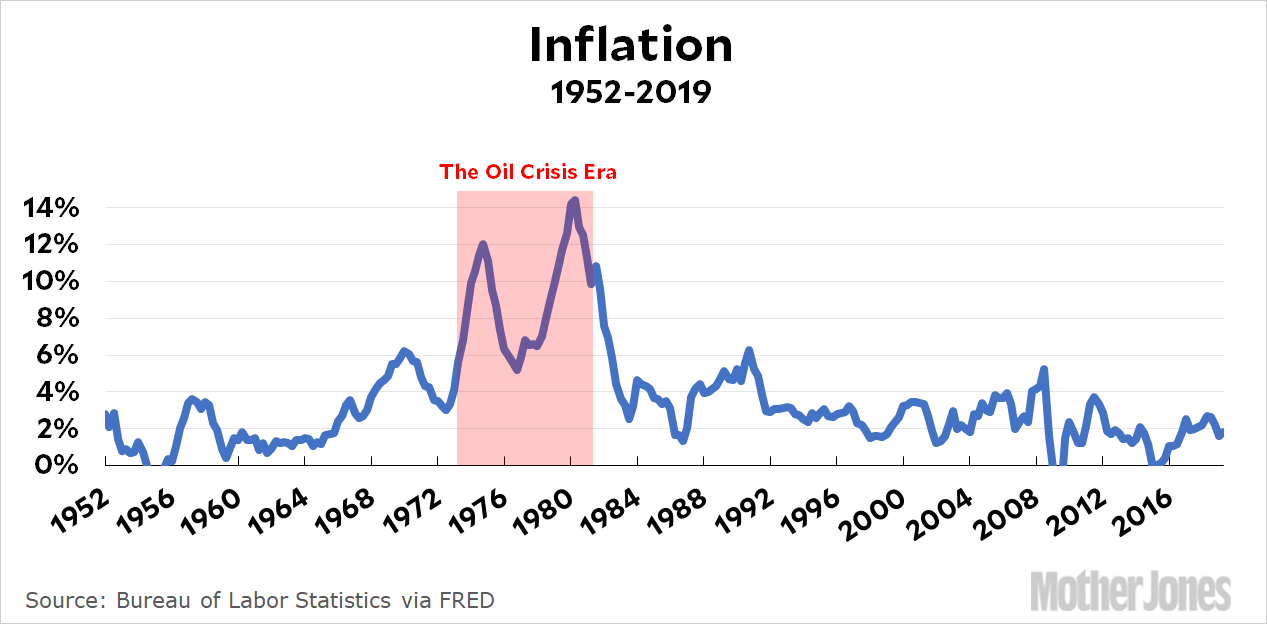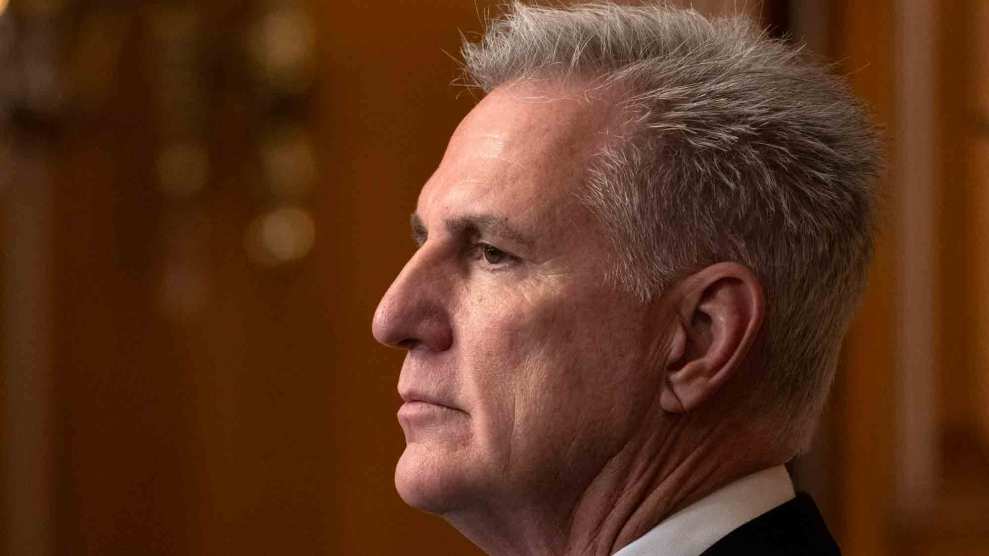I see that Larry Summers has caught up to the state of the art in galaxy-brain thinking:
The one thing that was taught as axiomatic to economics students around the world was that monetary authorities could over the long term create as much inflation as they wanted through monetary policy. This proposition is now very much in doubt. 8/
— Lawrence H. Summers (@LHSummers) August 22, 2019
The high inflation and high interest rates of the 1970s generated a revolution in macroeconomic thinking, policy and institutions. The low inflation, low interest rates and stagnation of the last decade has been longer and more serious and deserves at least an equal response. 27/
— Lawrence H. Summers (@LHSummers) August 22, 2019
The brief stagflation of the ’70s produced a hysteria out of all proportion to its oil-fueled origins. The real lesson of that era is that central banks can crush inflation whenever they want. It’s not easy or painless, but it can be done. Conversely, the lesson of the present era is that producing inflation out of thin air is hard. This means that inflation is an asymmetric threat: we know what to do about high inflation but we don’t know what to do about low inflation. This in turn means we should be less worried about inflation than we are.
But as in so many other areas, the ghost of the ’70s lingers even half a century later. It’s a decade that deserves far more attention than it gets. It is the fountainhead of so much that’s gone wrong with the world since, and we’re still nowhere near over it.















